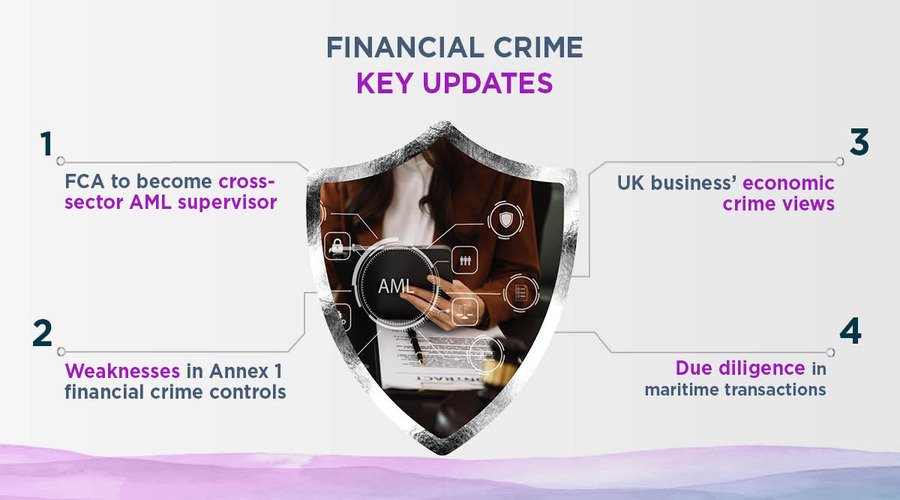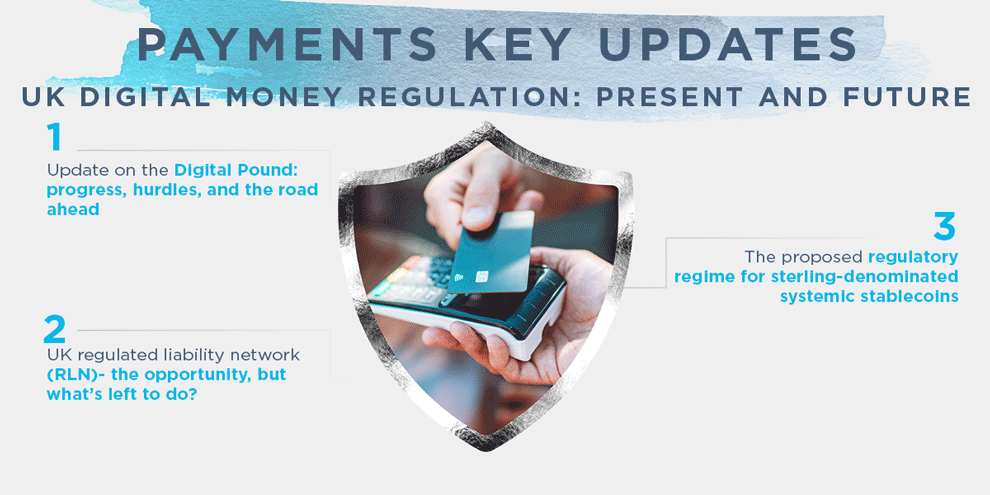
(3 min read)
On 15 July 2025, the Bank of England (BoE) published a paper on maintaining a fit for purpose resolution regime. The paper outlines the BoE’s approach to maintaining a fit-for-purpose resolution regime that ensures financial stability while fostering proportionality for firms of varying sizes and complexities. The paper also summarises the various updates the BoE and the Prudential Regulation Authority are making or are proposing to the resolution regime.
On 15 July 2025, the Bank of England (BoE) published a paper on maintaining a fit for purpose resolution regime. The paper outlines the BoE’s approach to maintaining a fit-for-purpose resolution regime that ensures financial stability while fostering proportionality for firms of varying sizes and complexities.
The regime aims to manage firm failures effectively, reducing risks to depositors, the financial system, and public funds. The BoE has updated its policies on the Minimum Requirement for Own Funds and Eligible Liabilities (MREL) and preferred resolution strategies, raising thresholds for modified insolvency, transfer, and bail-in strategies to reflect market developments and nominal growth. The changes balance proportionality for smaller firms with the need for enhanced resolvability capabilities as firms grow.
The BoE’s revised approach includes increasing the lower threshold for modified insolvency to £25 billion in total assets and the upper threshold for bail-in strategies to £40 billion. Firms within the £25 billion–£40 billion range will be assessed individually to determine whether a transfer or bail-in strategy is most appropriate, based on factors such as complexity, asset structure, and potential buyer interest. Transfer firms will no longer need to meet MREL above minimum capital requirements (MCR), while bail-in firms must meet higher MREL and demonstrate additional resolvability capabilities under the Resolvability Assessment Framework (RAF). The BoE has also proposed raising the RAF disclosure threshold to £100 billion in retail deposits, ensuring only the largest firms face these requirements.
The paper emphasises the importance of flexibility and readiness in the resolution regime, as demonstrated during the resolution of Silicon Valley Bank UK in 2023. It will continue to engage with firms as they grow or change, providing notice and transition periods for firms whose resolution strategies are revised. Regulatory reporting and disclosure requirements are being streamlined, and the BoE is consulting on clearer MREL disclosures to enhance market transparency. The regime remains dynamic, with regular updates to thresholds and policies to ensure it remains robust and proportionate.








